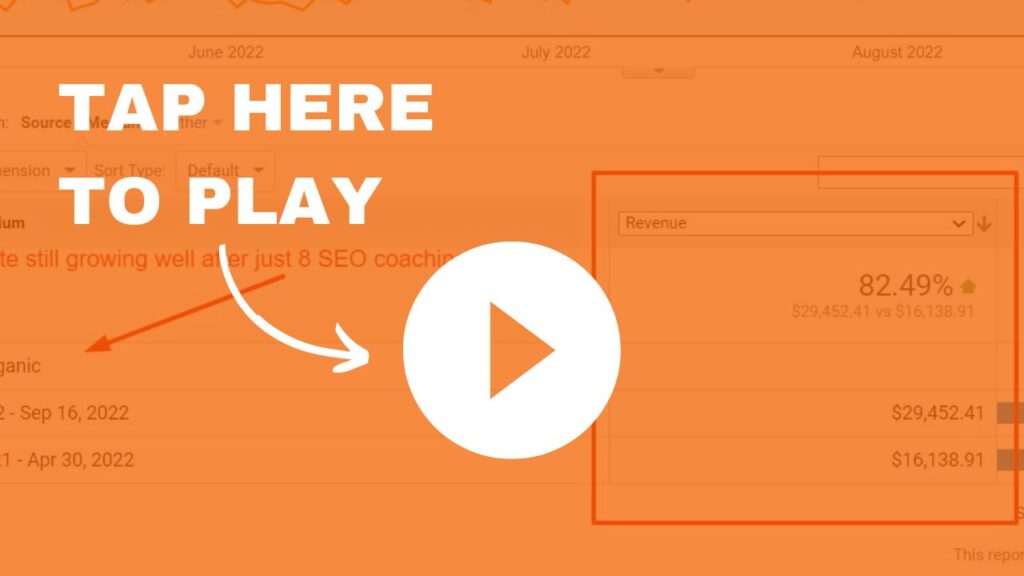Luxury Footwear E-com SEO Case Study: 2659% Increase In Clicks On Google

This is an SEO case study of how I co-helped this luxury footwear E-Commerce website increase organic clicks by 2658.6% in 6 months on Google search and took the company to a new growth after just 5 sessions of my SEO coaching service along with some hands-on off-page service.
Like any other of my case studies, I won’t reveal the website and keywords for security and privacy reasons. But in this article, you will find some of my overview process of how I went about achieving the results along with various screenshots proof.
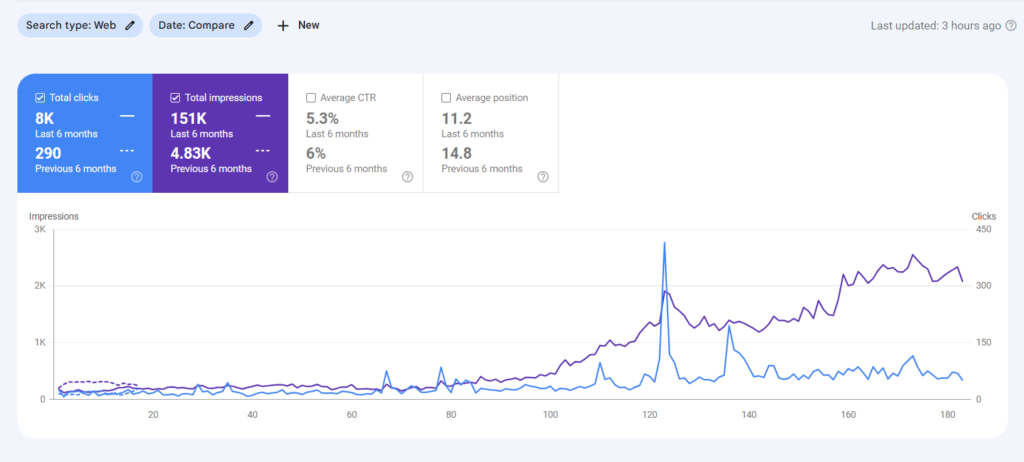
Project Background
The client runs a luxury footwear e-commerce website built on Shopify in Thailand and has a goal to dominate Google Search for keywords relevant to the business nationally. The niche is medium-high competition with several big brands dominating. The client had been running lots of social media marketing campaigns before reaching out to me for the service and was a bit well-known in the industry for luxurious women’s shoes.
Challenges
The project faces a couple of challenges as follows:
- Well-established competitors – There are various well-established high-authority global and national brands dominating the niche
- Little to no SEO done on the site – Although the site is not new, the site has never been SEOed before and the overall number of pages and structures were not really ideal for optimization.
The Campaign
Here are the overviews of how I approached the campaign:
Technical Optimization
The first step of the process was to dial in the technical aspects of the website. Since the client’s site uses Shopify, some aspects needed to be cleaned/optimized.
This includes things like canonicalization, page speed, site structure, and removal of thin-content pages.
On-Page Optimization
After completing the technical optimization, we then moved on to the on-page part of the website.
Basically, for any E-Commerce website, the homepage would represent the brand and the category or collection pages will be the main ranking pages. Then there will be a blog section to help capture top-of-the-funnel traffic.
Before getting into the details, we started with thorough keyword research, followed by properly layout the site structure.
Our goal was to publish products and categories as quickly as possible, to help raise the initial semantic scores.
Other on-page strategies involved are:
- Placing more important content higher up on the page:
Making sure that you have your main keywords and other semantically relevant keywords higher up on the page is important for Google to understand what your page is about - Sentence-level optimization using semantically-relevant keywords:
By making sure that each sentence is properly optimized using semantically relevant keywords based on reverse engineering the competitors and using a proprietary tool that I created. You can use on-page tools like Surfer-SEO to help with the process. - Keyword count and variation optimization:
Making sure that I have used the right frequency of each keyword on the page. For example, the word “shoes”, I made sure to check the competitors’ average and see how many times I should use this word. You can again, use tools like Surfer SEO, but there’s really no hard rule for this. I’d like to keep it a little lower than the average to avoid over-optimization. - Entity connection establishment:
This is a special tactic that I used to help Google understand the website’s entity better by essentially connecting the website to other properties via links and have a proper about us page to ensure that Google understand what the site is all about. What you can do here is have a proper about us page, with proper introduction to the business and things you do. For example, you can use the sentence like: “We are ABC and we offer XYZ”. Use a simple sentence and tell Google who you are and what you do. - Usage of specific numbers, data points, and easy-to-digest language structure to communicate clearly to the algorithm:
Specific data points are much easier for the NLP algorithm to extract entities and understand the meaning behind the passage as compared to words. - Focus on optimizing the category pages by keeping in mind the search intent
- Creating the right navigation structure for the proper flow of internal link juice:
Making sure that all the important pages are placed in the menu navigation makes it both easier and Google Bot to access those pages and also makes it easier for the internal link juice and relevancy to flow.
Off-Page Optimization
As mentioned above, the client co-worked with me, which means after the coaching session, he also hired me for additional off-page work, as he also worked along with me in these aspects.
However, the client already had some good brand signals to the start, this makes everything much easier.
So we mainly focused on building high-quality backlinks using guest posts and PBNs for tier-2. Anchor text optimization was also done. In this aspect, we mostly focused on brand names with keyword anchors for some competitive pages.
Results
Here is the screenshot obtained from the ranking data after 6 months of working on the project along with the client:

Want To Get Results Like This?
Are you looking for either an SEO service or SEO coaching? Get in touch with me today and let’s see how can I help you.

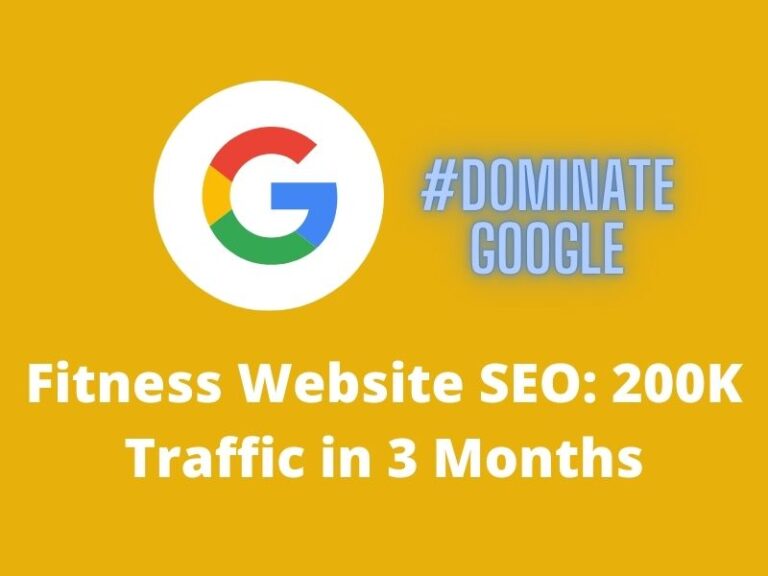
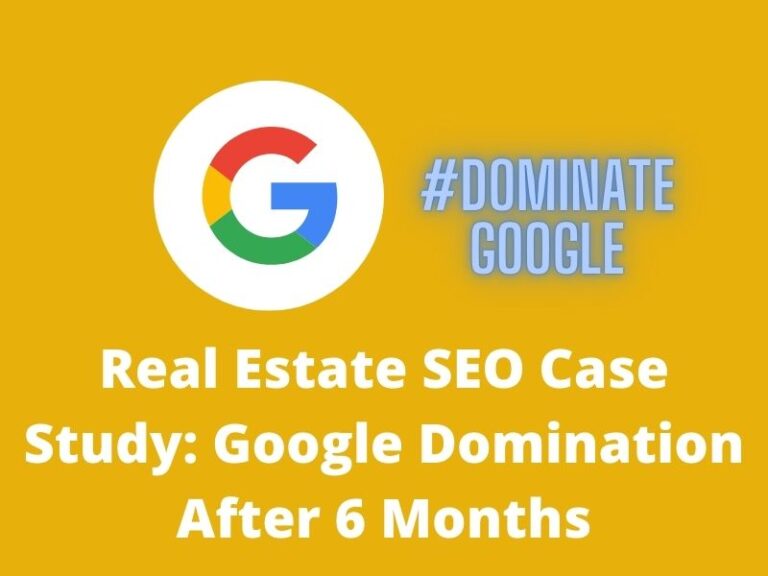
![[Case Study] How I Helped This Local CBD Site Quickly Grew New Site Traffic](https://techjackie.com/wp-content/uploads/2022/09/local-CBD-seo-case-study.jpg)
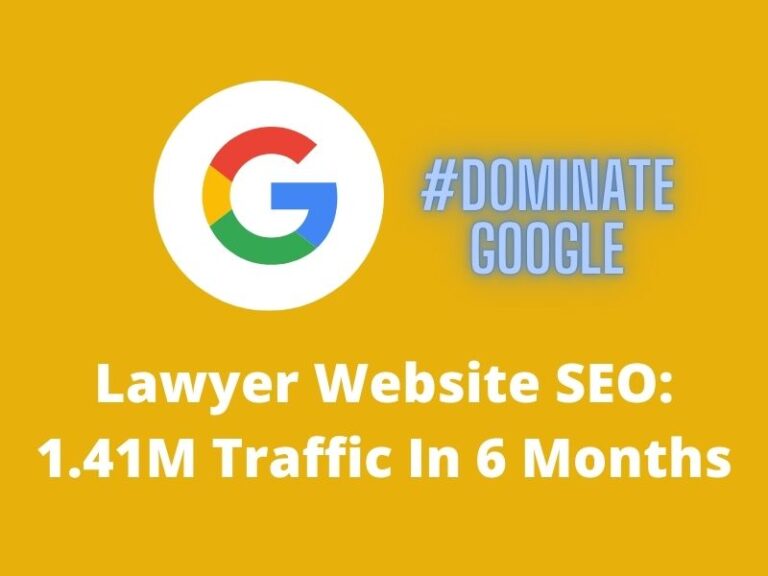
![[Case Study] How I Helped This Affiliate Site Triple Their Traffic & Rankings](https://techjackie.com/wp-content/uploads/2022/04/Coupon-Referral-Affiliate-SEO-Coaching-Case-Study.jpg)
![[Case Study] Recovering Hacked Health Website From SEO Algo Penalty](https://techjackie.com/wp-content/uploads/2023/09/Recovering-Hacked-Website-From-Algorithmic-Penalty-768x576.jpg)
